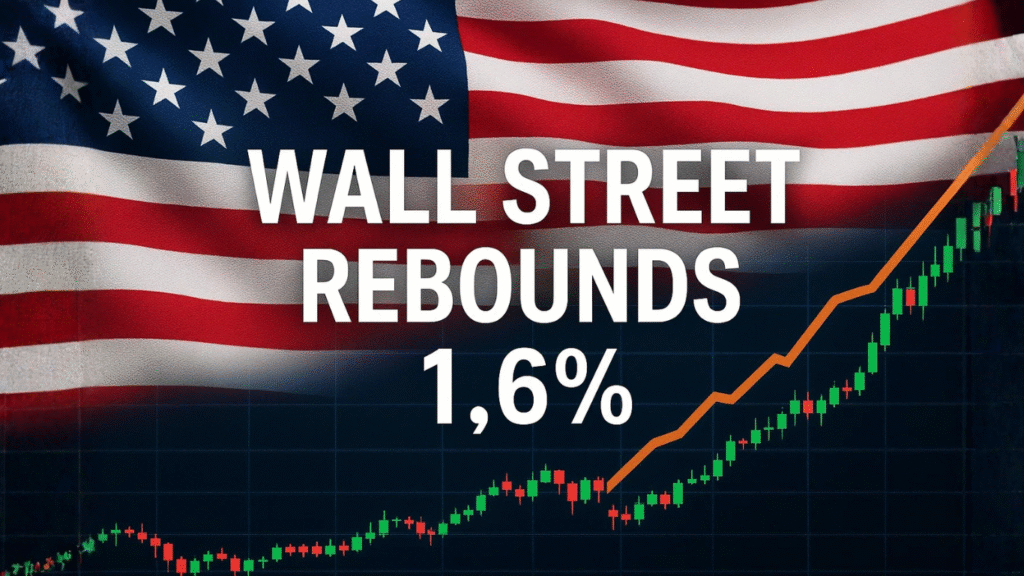U.S. stock futures rebounded on Sunday evening, signaling a potential recovery after Wall Street’s steepest weekly losses in months. As of 19:43 ET (23:43 GMT), S&P 500 Futures rose 1.1% to 6,665.50, Dow Jones Futures climbed 0.7% to 46,027.0, and Nasdaq 100 Futures jumped 1.6% to 24,781.0.
Friday’s session had rattled investors after President Donald Trump announced a 100% tariff on Chinese imports and new export curbs on U.S.-made software tied to national security. The Dow fell 1.9%, the S&P 500 dropped 2.7%, and the Nasdaq tumbled 3.6%, marking the worst one-day decline in six months. Technology stocks—particularly semiconductor makers—led the retreat as traders braced for a prolonged U.S.–China standoff.
However, sentiment shifted over the weekend when Trump softened his stance, posting on Truth Social, “Don’t worry about China, it will all be fine.” He added that “the U.S.A. wants to help China, not hurt it,” sparking cautious optimism that negotiations could resume.
Trade Tensions Ease, but Risks Persist
The President’s comments triggered a relief rally, but analysts caution that volatility may linger. China’s Commerce Ministry responded swiftly, warning it would take “all necessary measures” should Washington follow through with new tariffs.
While markets welcomed Trump’s conciliatory tone, investors remain mindful that both sides have shown a pattern of alternating escalation and détente. The potential for policy reversals keeps risk appetite fragile.
Key investor takeaways:
- The Dow, S&P 500, and Nasdaq are all recovering early losses.
- Tariff uncertainty continues to weigh on manufacturing and tech sectors.
- Global investors are monitoring any official talks or trade meetings this week.
Economists suggest that the next phase of negotiations will determine whether this rebound represents a lasting recovery or just a short-lived rally amid ongoing uncertainty.
Shutdown and Earnings Add to Uncertainty
Adding to the cautious mood, the U.S. government shutdown entered its second week, delaying critical economic data releases that guide Federal Reserve policy decisions ahead of its October 28–29 meeting. The lack of fresh data could complicate the Fed’s view on inflation and growth momentum.
Meanwhile, earnings season kicks off this week, led by major Wall Street banks. JPMorgan Chase, Citigroup, Goldman Sachs, and Wells Fargo report Tuesday, followed by Bank of America and Morgan Stanley on Wednesday. Analysts expect mixed results, with higher interest income offset by slower deal activity.
Despite lingering risks, the modest rebound in futures suggests investors are finding selective buying opportunities, betting that U.S.–China relations will stabilize before further economic fallout emerges.


